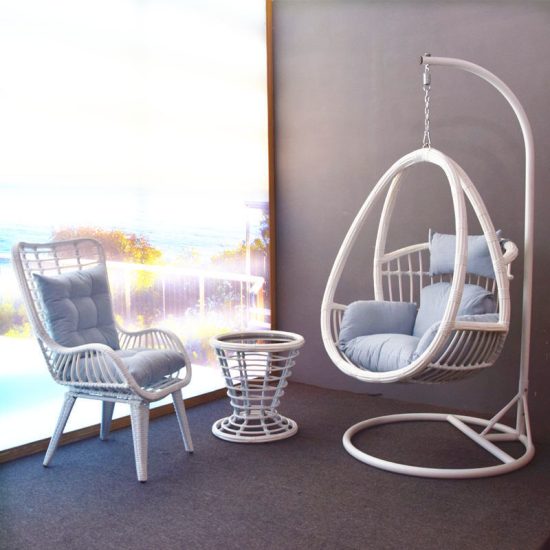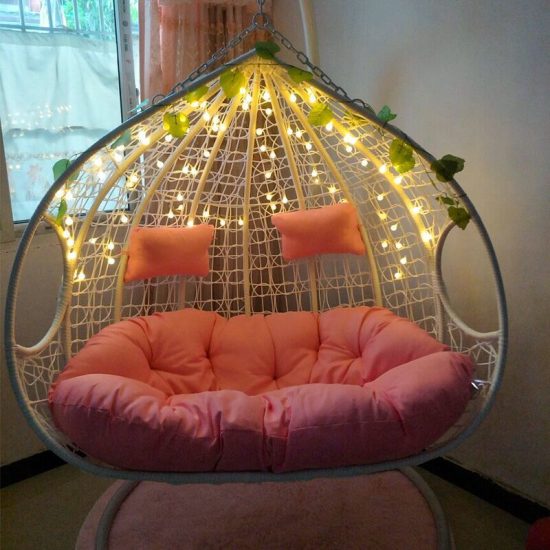The evolution of camping hammocks has seen significant advancements over the years, improving their design, materials, and features. Here’s a brief overview of the key milestones in the evolution of camping hammocks:
- Traditional Hammocks:
- Traditional hammocks have been used for centuries in various cultures around the world. These hammocks were typically made from natural fibers like cotton or hemp and were primarily used for relaxation or sleeping.
- Lightweight and Portable Materials:
- As outdoor enthusiasts started exploring hammock camping, the need for lightweight and portable hammocks arose.
- Nylon and other synthetic materials began to replace traditional fibers, offering increased durability, lighter weight, and compactness when packed.
- Suspension Systems:
- Early camping hammocks often relied on ropes and knots for hanging, which required skill and knowledge of proper knots.
- The introduction of suspension systems with adjustable straps and carabiners made it easier for campers to set up and adjust their hammocks securely.
- Integrated Bug Nets:
- To address the issue of insects and mosquitoes, hammocks with integrated bug nets became popular.
- These hammocks featured built-in netting that could be zipped closed, providing protection against biting insects while maintaining airflow and visibility.
- Underquilts and Insulation:
- Hammocks are notorious for their potential to expose campers to cold air from beneath, leading to discomfort in cooler temperatures.
- Underquilts, which are insulating layers that hang beneath the hammock, were introduced to address this issue, providing warmth and insulation during colder seasons.
- Rainfly and Weather Protection:
- To protect hammock campers from rain and inclement weather, rainfly systems were developed.
- Rainflies are waterproof covers that can be pitched above the hammock, providing shelter and protection from rain, wind, and sun.
- Asymmetric Designs and Comfort Features:
- Manufacturers started designing hammocks with asymmetric shapes, offering a flatter lying position and better comfort.
- Additional comfort features such as built-in pillows, gear pockets, and adjustable ridgelines have been incorporated into hammock designs to enhance the camping experience.
- Specialized Hammock Brands:
- With the growing popularity of hammock camping, dedicated hammock brands emerged, focusing on designing and producing high-quality hammocks and related accessories.
- These specialized brands continuously innovate and improve their products, incorporating customer feedback and advancements in materials and technology.
The evolution of camping hammocks continues as new materials, designs, and features are developed to enhance comfort, durability, and ease of use. The modern camping hammocks offer a wide range of options for outdoor enthusiasts, allowing them to enjoy the benefits of hammock camping with improved convenience and functionality.


